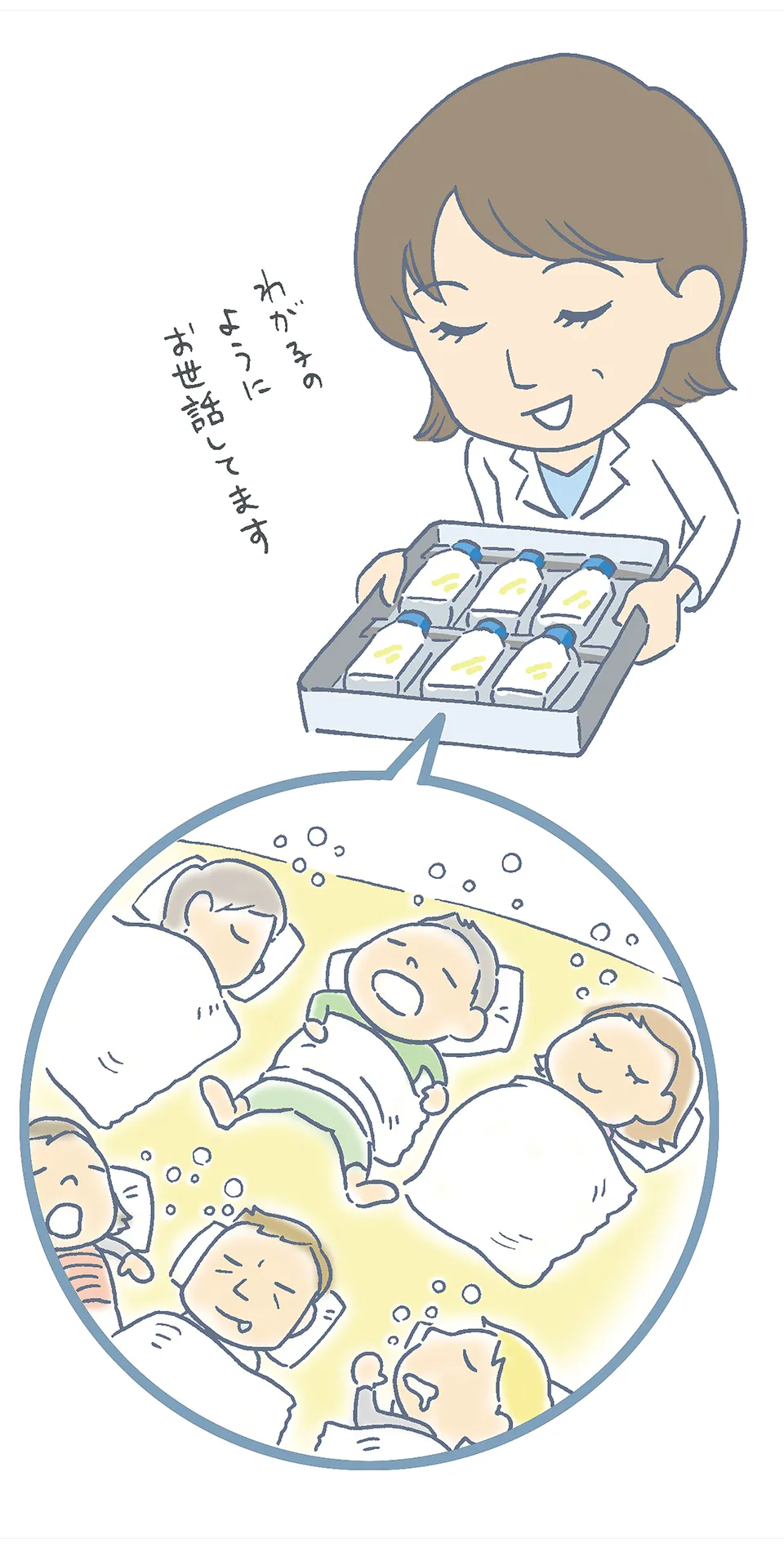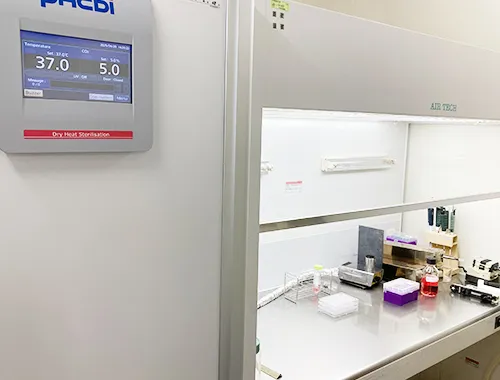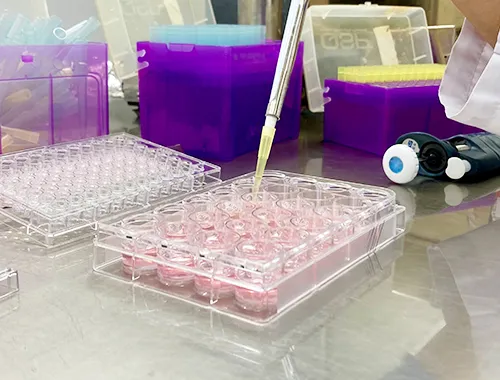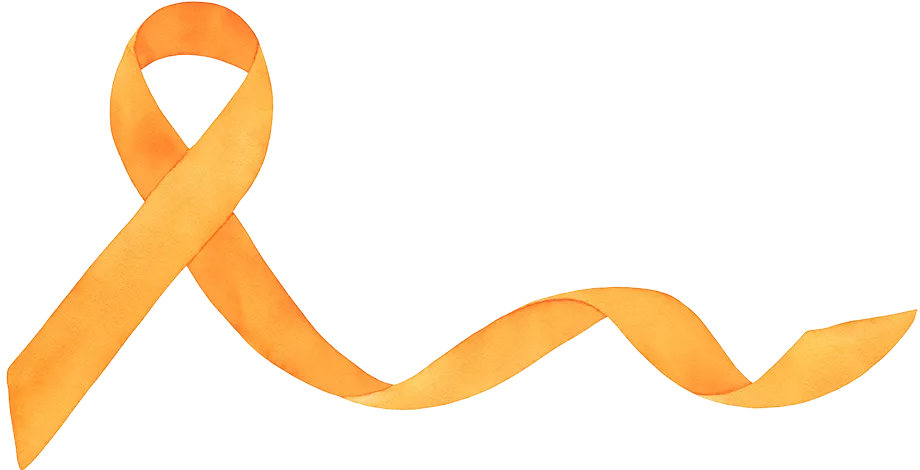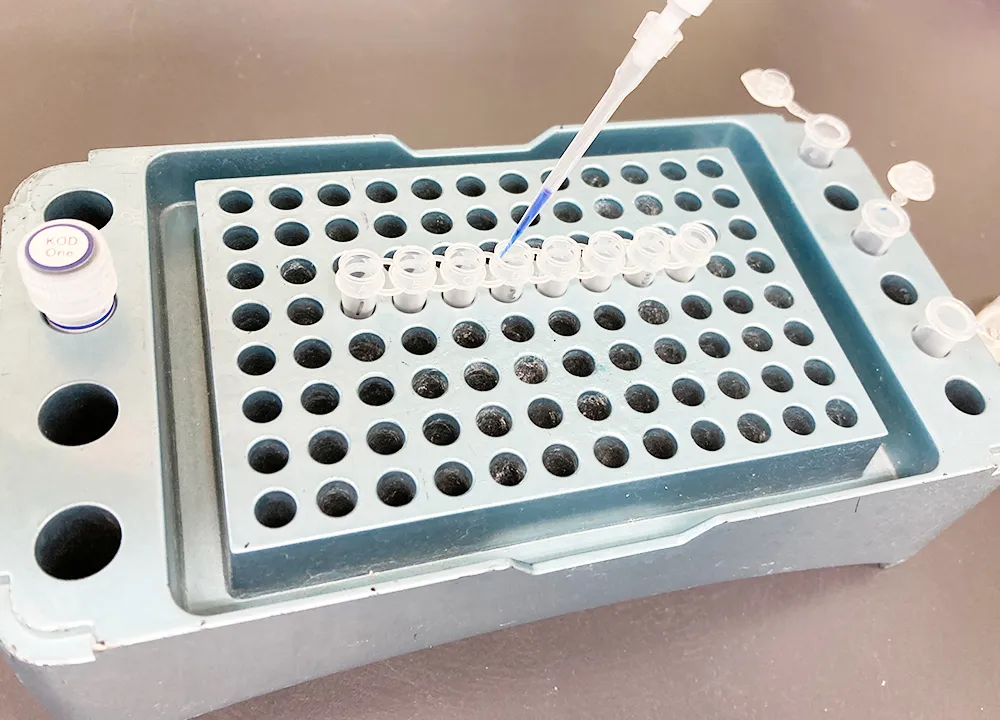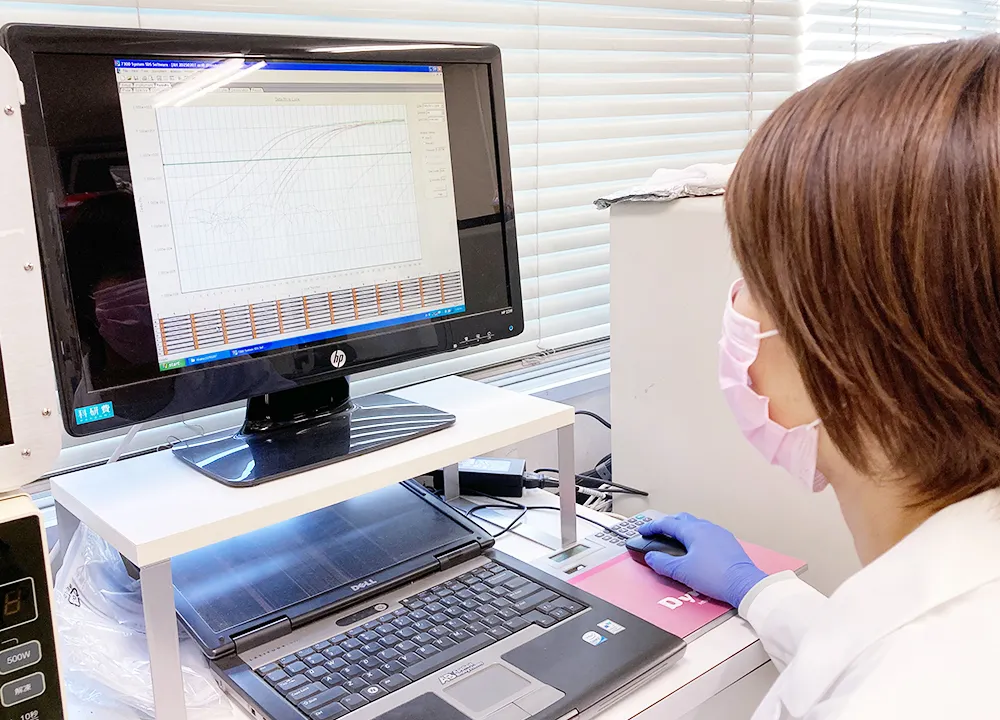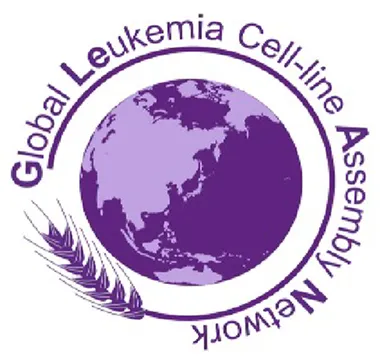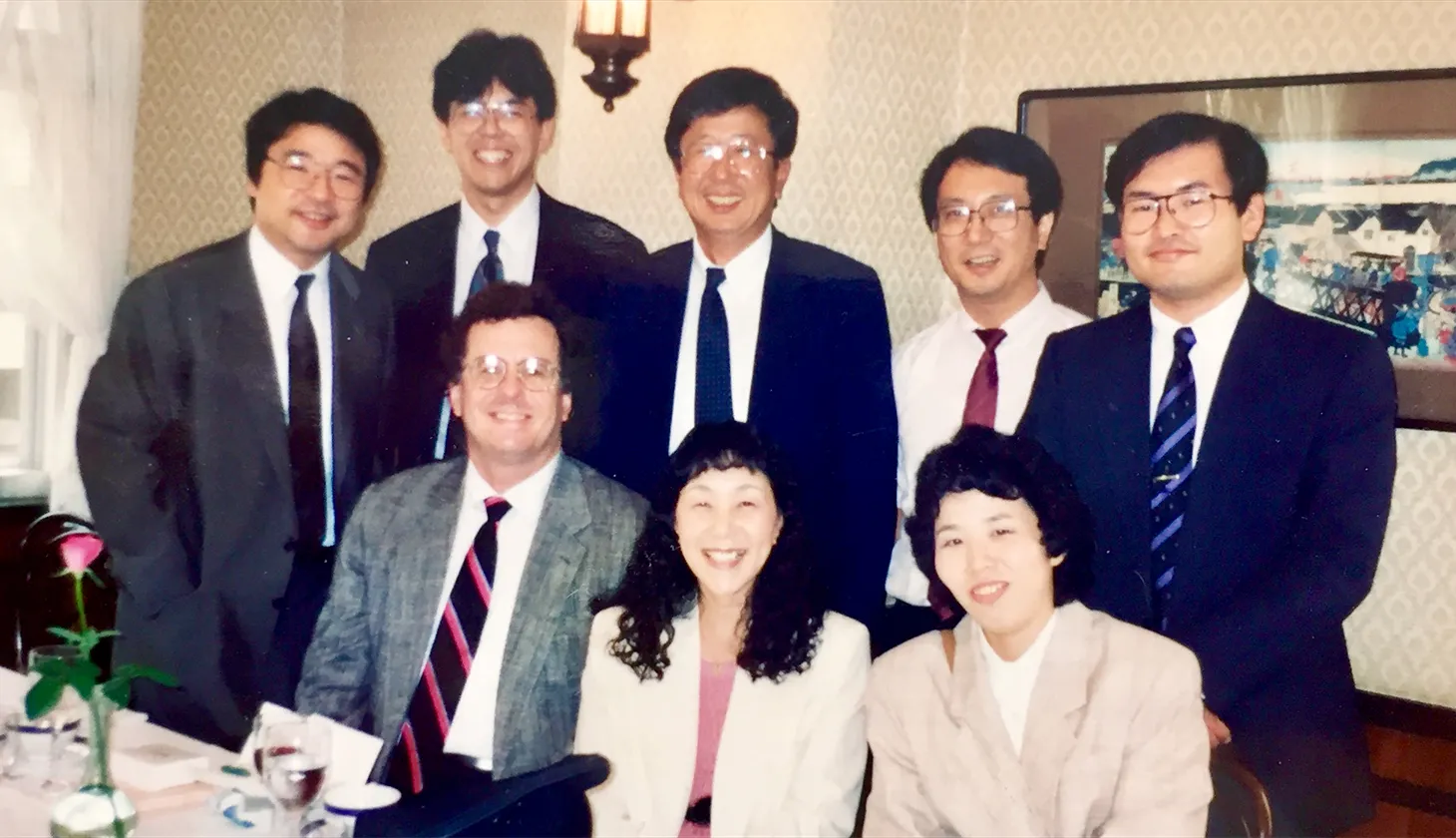1990年に中澤眞平先生が本学に赴任し、小児科講座内に培養室を開設しました。後に小児科学講座 第三代教授となる杉田完爾先生が、1992年に米国Dana-Farber Cancer Instituteから本学に赴任して本格的な研究がスタートし、1993年には本学で最初の細胞株であるYAMN73株が樹立されました2)。
以来、白血病細胞の薬剤感受性に関する研究3)を中心に多くの成果を挙げるとともに、国内外の研究者から多数の細胞株の維持・管理を託され、また世界中の多くの研究室に細胞株を提供してきました。
In 1990, Shinpei Nakazawa was appointed to the Department of Pediatrics at the University of Yamanashi (formerly Yamanashi Medical University), where he founded a leukemia cell culture laboratory. In 1992,Kanji Sugita joined the research team from the Dana-Farber Cancer Institute in the United States. In 1993, YAMN73 was established as the first leukemia cell line in the Department of Pediatrics at the University of Yamanashi (Inukai T, Sugita K, Nakazawa S et al. Br J Haematol. 1993;85:823).
Since then, our research has produced numerous important findings, particularly in the area of leukemia cell drug sensitivity. We have also been entrusted with the maintenance and management of many cell lines by researchers both in Japan and abroad, and have distributed these lines to laboratories worldwide to support ongoing leukemia research.
